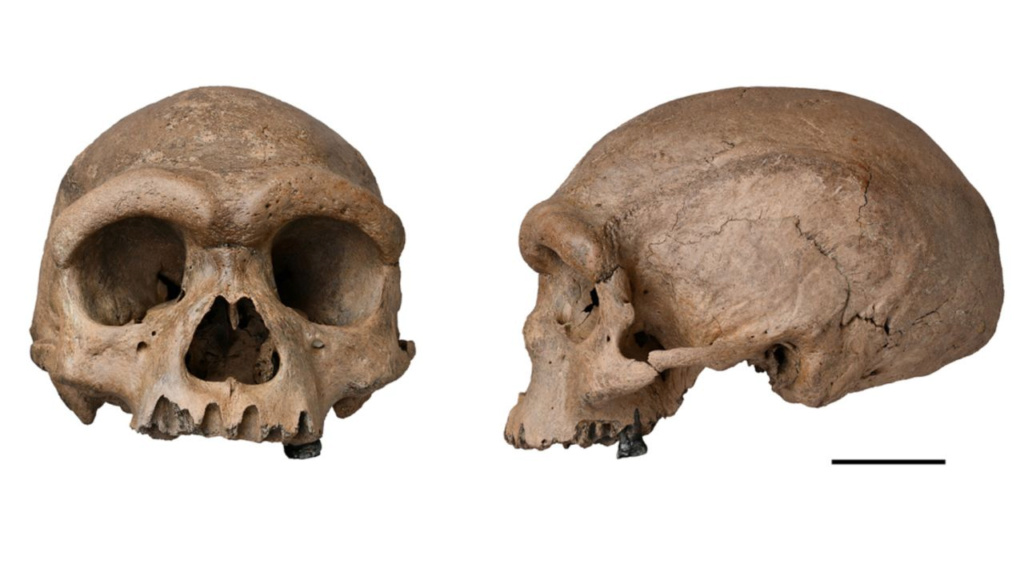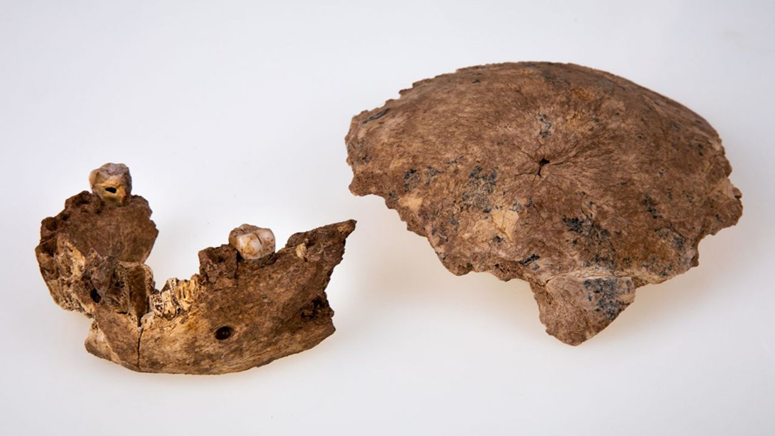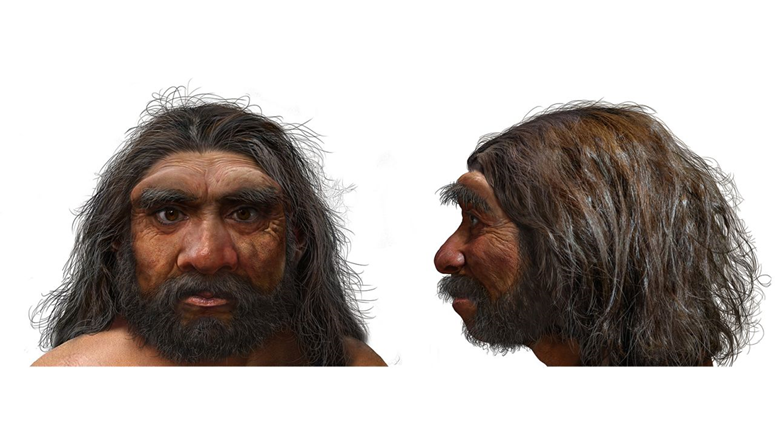Study: A new prehistoric human race closer to us than Neanderthals

The skull was discovered in 1933 by a man working for the Japanese, who were then occupying that area, during the construction of a bridge near the city of Harbin in northeastern China.
What if Neanderthals were not our closest human species? After analyzing a fossilized skull found in China, scientists have confirmed that it belongs to a new race of humans from the prehistoric era that may be closer to Neanderthals than us.
The fossilized skull of Harbin is the best preserved from that era (the Middle Pleistocene), according to the research, the results of which were published in “The Innovation” magazine. This skull dates back to 146 thousand years.
"In our analyses, the Harbin group is more closely related to Homo sapiens than to Neanderthals," Chris Stringer, a paleontologist at the Natural History Museum in London, who co-authored the study, told AFP.

"This means that escaped (humans) shared a common ancestor with us, more recent than Neanderthals," he added.
The human races include many extinct species, including Neanderthals and the species from which current humans descend, namely Homo sapiens.
This new genus was named "Homo longi", which literally means "dragon man", a name derived from the province where it was found.
The skull was discovered in 1933 by a man working for the Japanese, who were then occupying that area, during the construction of a bridge near the city of Harbin in northeastern China.

The location of the skull remained unknown for decades. Shijun Ni, one of the study's main authors, explained to AFP that the previous owner "hid the skull in a well for a very long time" after he realized its value and did not want it to fall into the hands of the Japanese.
After many decades, the descendants of this man realized his secret and eventually donated the skull to a university in the city of Hebei in 2018. The skull most likely belongs to a man in his fifties.
The study stated, “The combination of an ancient but large cranial vault and a broad but similar face to that of Homo sapiens is striking.”
The researchers analyzed the morphology of the skull by isolating about 600 distinct signs, then compared them to other fossils using a super computer.
"These humans were most likely hunter-gatherers," Chris Stringer said, adding, "Judging by the current winter temperatures in Harbin, we can think that they were living in colder climates than those that Neanderthals encountered."
He pointed out that this discovery "establishes a third human lineage in East Asia, with its own evolutionary history, and shows the importance of this region for the evolution of humans."
Source: websites

